Metals found in baby foods
Homemade baby food contains as many toxic metals as store bought, report says
CNN —
Making baby food at home with store-bought produce isn’t going to reduce the amount of toxic heavy metals in the food your baby eats, according to a new report released exclusively to CNN.
“We found no evidence to suggest that homemade baby foods made from store-bought produce are better than store-bought baby foods when it comes to heavy metal contamination,” said the paper’s coauthor Jane Houlihan, research director for Healthy Babies, Bright Futures. An alliance of nonprofits, scientists and donors, HBBF, which produced the report, has a stated mission of reducing babies’ exposures to neurotoxic chemicals.
READ MORE: Manufacturers allowed baby food contaminated with heavy metals to remain on shelves, lawmakers say
Researchers tested 288 foods bought at stores and farmers markets across the United States – including grains, fruits, vegetables, snacks, teething foods, and family items that babies eat, such as cereals and rice cakes – for lead, arsenic, mercury and cadmium. Those heavy metals are among the World Health Organization’s top 10 chemicals of concern for infants and children.
“Toxic metal exposure can be harmful to the developing brain. It’s been linked with problems with learning, cognition, and behavior,” according to the American Academy of Pediatrics.
It’s been linked with problems with learning, cognition, and behavior,” according to the American Academy of Pediatrics.
Researchers also pored over data from 7,000 additional food tests reported in published studies and by the US Food and Drug Administration.
Results showed 94% of manufactured baby foods, family foods and homemade purees made from purchased raw foods contained detectable amounts of one or more heavy metals.
Lead was found in 90% of manufactured baby food bought by shoppers for the report and 80% of store-bought family food and homemade purees. There is no safe level of lead, according to the AAP.
There is no safe level of lead, according to the AAP.
Arsenic was found in 68% store-bought baby food and 72% of family food either purchased or prepared at home. Cadmium was found in 65% of purchased baby food and 60% of family foods, and mercury was in 7% of store-bought baby food and 10% of family foods. (The highest levels of mercury are found in seafood, which was not tested in this analysis.)
READ MORE: 95% of tested baby foods in the US contain toxic metals, report says
The new report is a follow-up to a November 2019 report in which Healthy Babies, Bright Futures tested 168 foods purchased from major baby food manufacturers. That analysis found 95% of store-bought baby food contained lead, 73% contained arsenic, 75% contained cadmium and 32% contained mercury. One-fourth of the foods tested that year contained all four heavy metals.
That analysis found 95% of store-bought baby food contained lead, 73% contained arsenic, 75% contained cadmium and 32% contained mercury. One-fourth of the foods tested that year contained all four heavy metals.
“After that report we saw so many people saying you can get around this problem by making your own baby food at home, so we decided to check,” Houlihan said. “We suspected we’d find heavy metals in all kinds of food because they’re ubiquitous contaminants in the environment.
“And that is exactly what we found – heavy metals were in foods from every section of the store,” Houlihan said. “What this says is that as the FDA is setting standards for heavy metals in baby food, they need to go beyond the baby food aisle. ”
”
What’s a parent or caregiver to do? Feed baby with as many different types of foods as possible, said pediatrician Dr. Mark Corkins, chair of the Committee on Nutrition of the American Academy of Pediatrics. He was not involved in the study.
“If you spread foods out, and offer a wide variety of options, you’ll have less toxicity,” Corkins said. “And nutritionally that’s always been the right thing to do to get the most micronutrients from the food you eat.”
The report found buying organic didn’t lower heavy metal levels either, which was “not shocking or surprising,” said Corkins, a professor of pediatrics at the University of Tennessee Health Science Center and Le Bonheur Children’s Hospital in Memphis, Tennessee.
“It’s the soil and water that’s contaminated with arsenic and other heavy metals, so it doesn’t matter if it’s organic or traditional farming methods,” Corkins said. That would apply to locally grown crops or even backyard gardens, if the soil had not been verified to be metal-free.
However, buying organic can help avoid other toxins the new report did not consider, such as herbicides and pesticides, said Dr. Leonardo Trasande, director of environmental pediatrics at NYU Langone Health. He was not involved in the study.
“There are other benefits to eating organic food, including a reduction in synthetic pesticides that are known to be as bad for babies, if not even more problematic,” Trasande said.
READ MORE: Doctors should test levels of PFAS in people at high risk, report says
“We’ve seen multiple studies show significant effects of synthetic pesticides on cognitive function in children as a result of prenatal exposure. We’ve seen images of the brain where certain parts are smaller that are crucial for higher order functioning after exposure,” he added. “A simple step would simply be to say eat organic because regardless of anything we’re talking about in this report, it’s good for you.”
Experts agree that battling toxins in baby foods is a job for government organizations who will need to work with growers, suppliers and manufacturers to institute regulations and safeguards.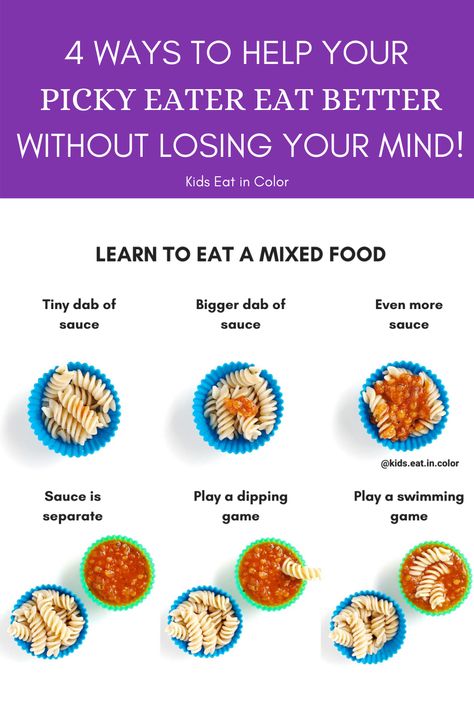 In the meantime, parents can make a difference.
In the meantime, parents can make a difference.
“Making even one simple choice every day to lower a child’s exposure will make a difference, whether that’s staying away from rice-based snacks and serving a diced apple instead or choosing not to serve carrots and sweet potatoes every day,” Houlihan said.
“With heavy metals and other toxins the risks add up over a lifetime,” she added. “So even if some of these foods had been served to a child up to their second birthday, starting from there to lower exposure to toxins is going to add up. Every choice matters.”
Tested foods with low metal content contain one-eighth as much heavy metal contamination as foods with the highest levels, Houlihan said.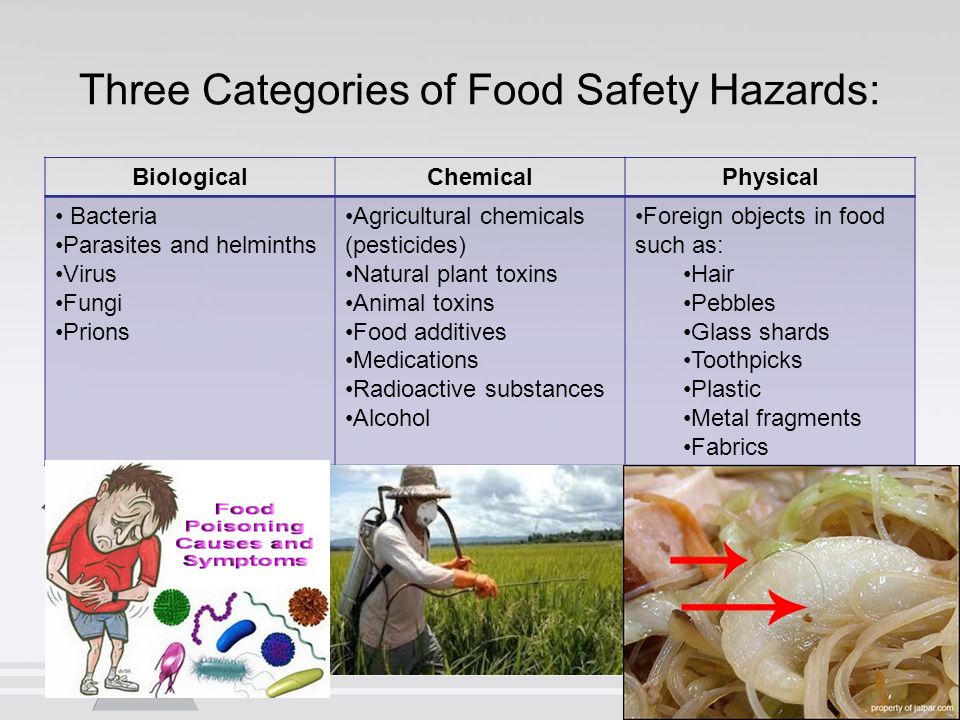 These are foods that can be “eaten freely,” the report suggested.
These are foods that can be “eaten freely,” the report suggested.
Fresh bananas, with heavy metal levels of 1.8 parts per billion, were the least contaminated of foods tested for the report. That’s an “82-fold difference in average level of total heavy metals” from the most contaminated food, rice cakes, which tested at 147 parts per billion, according to the investigation.
READ MORE: ‘Consider chemical hazards’ in the baby foods you sell, FDA warns manufacturers
After bananas, the least contaminated foods were grits, manufactured baby food meats, butternut squash, lamb, apples, pork, eggs, oranges and watermelon, in that order. Other foods with lower levels of contamination included green beans, peas, cucumbers, and soft or pureed home-cooked meats, the report found.
Other foods with lower levels of contamination included green beans, peas, cucumbers, and soft or pureed home-cooked meats, the report found.
Infant formula made with lead-free tap water was recommended. Tap water that has been tested and is free of lead is always a good choice. Milk is also a good choice, but only for babies 12 months and older.
Some healthy lower-metal foods, such as yogurt, unsweetened applesauce, beans, cheese, hard-boiled eggs and grapes that have been cut lengthwise, were good choices for snacks for babies, according to the report.
Fresh and frozen fruit – including those used in homemade purees – were options as well.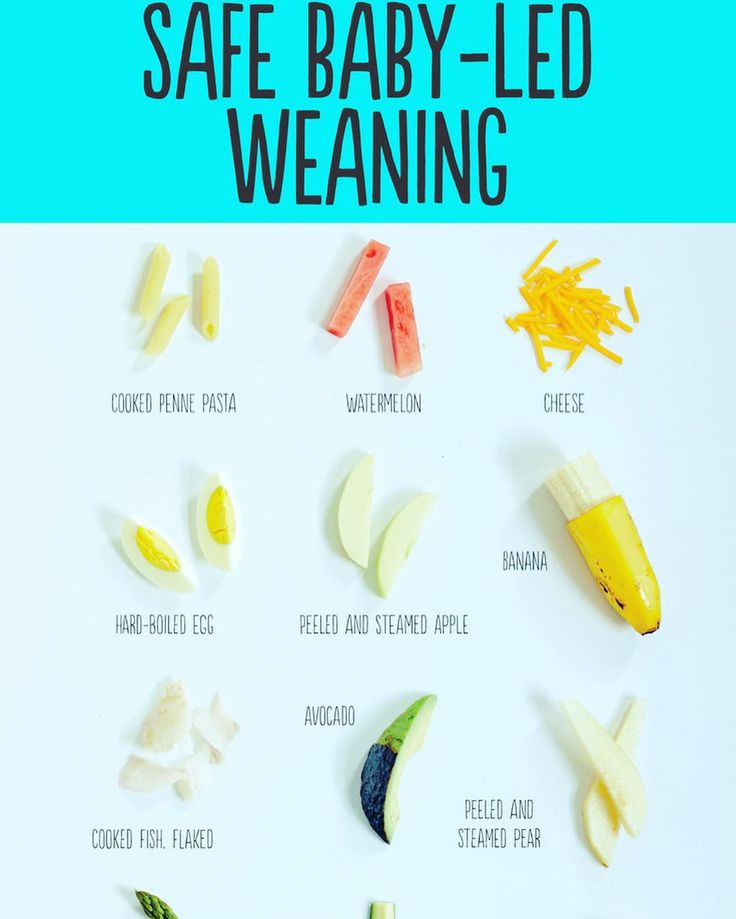 But don’t use canned fruits if you can avoid it: “Tests find lead 30 times more often in canned fruit than in fresh and frozen fruit,” the report stated.
But don’t use canned fruits if you can avoid it: “Tests find lead 30 times more often in canned fruit than in fresh and frozen fruit,” the report stated.
Parents and caregivers can also lower their baby’s exposure to heavy metals by making some smart substitutions, the report said.
Using a frozen banana for a teething baby instead of a rice-based teething biscuit or rice rusk could lower total intake of heavy metals by 95%, according to the report. Another suggested teething aid: peeled and chilled cucumber spears.
The most heavily contaminated foods eaten by babies were all rice-based: “Rice cakes, rice puffs, crisped rice cereals and brown rice with no cooking water removed are heavily contaminated with inorganic arsenic, which is the more toxic form of arsenic,” Houlihan said.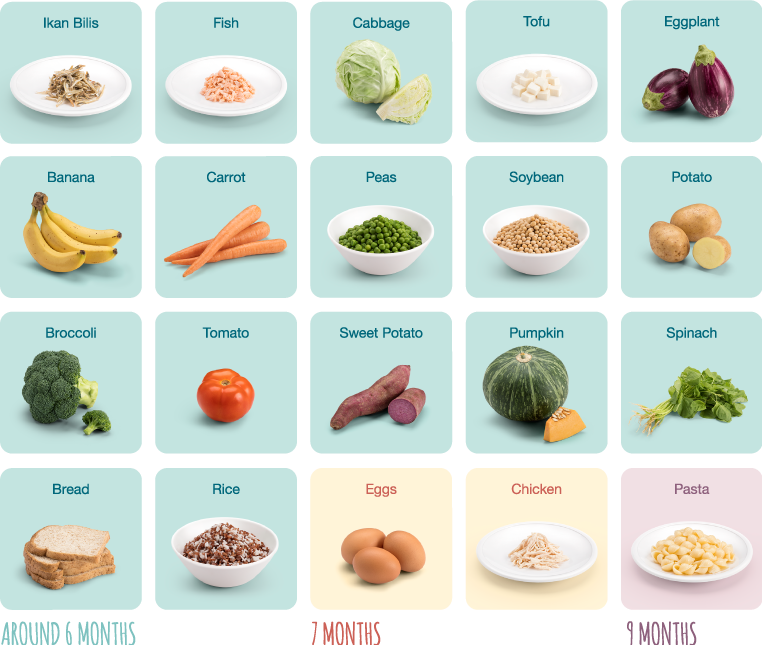
Arsenic is a natural element found in soil, water and air, and because rice is grown in water, it is especially good at absorbing inorganic arsenic. (“Inorganic” is a chemical term and has nothing to do with the method of farming.) Brown and wild rice are the worst offenders, as the bran contains the highest arsenic concentrations.
READ MORE: New FDA limits on arsenic levels in infant rice cereals don’t adequately protect children, critics say
Prior research has shown that even low levels of inorganic arsenic exposure can impact a baby’s neurodevelopment. A meta-analysis of studies on the topic found a 50% increase in arsenic levels in urine would be associated with a 0.4-point decrease in the IQ of children between the ages of 5 and 15.
A meta-analysis of studies on the topic found a 50% increase in arsenic levels in urine would be associated with a 0.4-point decrease in the IQ of children between the ages of 5 and 15.
Testing by HBBF found rice cakes were the most contaminated with inorganic arsenic, followed by crisped rice cereal, rice-based puffs and brown rice. The report recommended those foods be avoided entirely, unless the brown rice is cooked with extra water that is poured off before consumption (much like pasta). It’s best to do that with all rice, including white and wild rice, the report said, as it can reduce arsenic levels by up to 60%.
Rice-based teething biscuits or rusks and white rice came next on the most contaminated list, the report said. White rice is milled to remove the outer layers, but experts say arsenic levels remain high enough to be concerning, especially if rice is a daily staple.
White rice is milled to remove the outer layers, but experts say arsenic levels remain high enough to be concerning, especially if rice is a daily staple.
“Inorganic arsenic averaged 100 parts per billion in brown rice infant cereal and 74 parts per billion in white rice infant cereal in our tests,” Houlihan said. “Baby food companies have taken brown rice cereal off the market because of its high arsenic levels.”
READ MORE: Water- and stain-resistant products contain toxic plastics, study says. Here’s what to do
Parents and caregivers can help by staying away from high-arsenic varieties of white rice grown in Arkansas, Louisiana, Texas, or simply “US” and instead choosing lower-arsenic basmati rice from California, India and Pakistan, as well as sushi rice from the US, the report said.
After rice-based foods, the analysis found the highest levels of heavy metals in raisins, non-rice teething crackers, granola bars with raisins and oat-ring cereals. But those were not the only foods of concern: Dried fruit, grape juice, arrowroot teething crackers and sunflower seed butter all contained high amounts of at least one toxic metal, according to the report.
“Many foods have a kind of unique, heavy metal profile,” Houlihan explained. “For example, we saw very high levels of cadmium in things like spinach, leaf lettuce and peanut butter.”
However, the human body doesn’t absorb cadmium as easily as other heavy metals, and for that reason “it doesn’t have as high a level of concern,” Houlihan added.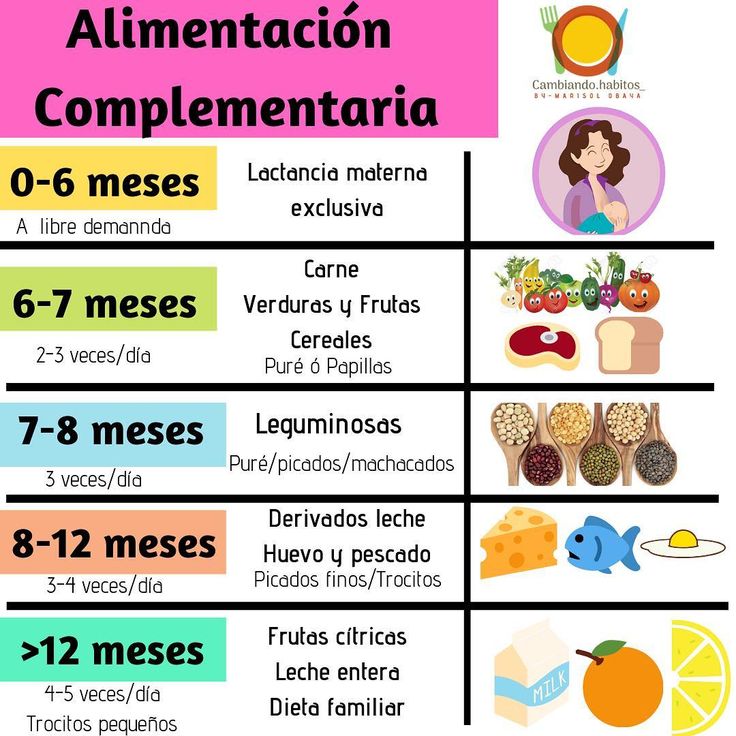
“There’s also not as much evidence that cadmium is neurotoxic to babies, or at least the body of evidence isn’t there at the same levels as lead and arsenic,” she said. “Lead and arsenic damage isn’t reversible – these are permanent impacts on IQ, learning ability and behavior, so it’s a big deal.”
Root and tuber vegetables may have higher levels of heavy metals like lead and arsenic because they grow underground. In fact, the investigation found that nutritious baby favorites like carrots, sweet potatoes, squash and many types of potatoes did have concerning levels of heavy metals.
READ MORE: Dangerous chemicals found in food wrappers at major fast-food restaurants and grocery chains, report says
Even the same food could have varying levels of toxic metals, according to the report. For example, a shopper in Raleigh, North Carolina, bought a sweet potato with 60.7 parts per billion of lead – 10 times more than the store-bought sweet potato puree she purchased. A Chicago shopper purchased a fresh carrot with eight times more arsenic than the premade carrot baby food she took home, the investigation found.
Yet shoppers in Tennessee and California found the opposite – their fresh produce had minimal levels of heavy metals compared with the manufactured baby food brands they bought.
“As a parent, you don’t know what you’re picking up out of the produce bin,” Houlihan said. “Is it elevated because of the cultivar – the particular type of sweet potato or carrot? Or is it elevated because it’s grown in an area where the soil has naturally high levels of lead?
Answering these questions will be the responsibility of government regulators and industry, Houlihan said. The FDA has a Closer to Zero campaign, for example, which could take on the issue.
CNN has reached out to the FDA for comment but hasn’t yet received a response.
“And remember, if you’re protecting the basic ingredients that parents are using to make food at home, you’re not only protecting babies and toddlers, you’re protecting pregnant women as well. Babies in utero are particularly vulnerable to toxins while the brain is growing at such a rapid pace.”
With no way of knowing levels of toxic metals in the soil where produce is grown, parents and caregivers need to add one more step to their efforts to avoid these substances, Houlihan suggested. In addition to mixing up the variety of foods and not serving the same options each day, parents can “choose different brands or varieties of foods or shop in different stores from week to week to avoid choosing a high-metal source regularly. ”
”
Sign up for CNN’s Eat, But Better: Mediterranean Style. Our eight-part guide shows you a delicious expert-backed eating lifestyle that will boost your health for life.
Heavy metals in baby food? What parents should know and do
If there is anything you can trust to be safe, it should be baby food, right?
Well… maybe not.
A report from the US House Committee on Oversight and Reform says that commercial baby foods are tainted with dangerous levels of arsenic, lead, cadmium, and mercury.
Which baby food companies are involved?
The report was based on information from just four companies that make baby food: Nurture, Beech-Nut, Hain, and Gerber. Arsenic, lead, and cadmium were found in baby foods from all of the companies; mercury was found in the food from the only company that tested for it (Nurture).
Of note, three other companies (Walmart, Sprout, and Campbell’s Soup) were asked to provide the same information about their baby food products, and did not.
And that is part of the problem: this is just one report, with limited information. It’s hard to know exactly what it means about commercial baby foods in general, but it’s a report that we need to take seriously, because all four of these heavy metals can affect the developing brain. And when you harm the brain as it develops, the damage can be permanent.
Do organic baby foods contain heavy metals?
It’s important to note that organic baby foods aren’t necessarily better, in no small part because many of them contain brown rice. Many rice plants naturally contain arsenic, and brown rice has more than white rice. Over the past few years we have come to understand the problem of arsenic in rice, and both the American Academy of Pediatrics (AAP) and the FDA recommend limiting rice intake for babies.
What steps can parents take to be sure baby foods are safe and healthy?
The FDA is working on doing better monitoring and regulation of heavy metals in commercial baby foods.![]() In the meantime, it’s nearly impossible to know which are completely safe and which aren’t. Babies don’t need solid foods until 6 months of age. At that time it’s perfectly fine to give them soft table foods instead of baby foods. You can also make your own baby food, using steamed or naturally soft foods and a blender. (Storage tip: you can pour a homemade puree into an ice cube tray and freeze it, and then just grab the cubes you need each time.)
In the meantime, it’s nearly impossible to know which are completely safe and which aren’t. Babies don’t need solid foods until 6 months of age. At that time it’s perfectly fine to give them soft table foods instead of baby foods. You can also make your own baby food, using steamed or naturally soft foods and a blender. (Storage tip: you can pour a homemade puree into an ice cube tray and freeze it, and then just grab the cubes you need each time.)
The American Academy of Pediatrics has suggestions for families to help decrease their children’s exposure to heavy metals in their food and drink:
- Give your child a wide variety of different foods (the more natural colors, the better).
- Vary the grains. As mentioned above, it’s best to limit rice and rice products (check labels — rice is in a lot of foods marketed for babies, like “puffs”). Try barley, oats, and other grains. When cooking rice, it’s best to cook it in extra water and drain that water off, and to use white basmati and sushi rice, which have less arsenic.

- Check your water. Old pipes can contain lead, which can leach into drinking water.
- Avoid fruit juices. Not only can they increase the risk of cavities and obesity, but many commercial juices also contain heavy metals.
- Make healthy fish choices. Fish contains nutrients that are very healthy for the developing brain, but some fish can contain unhealthy amounts of mercury. Stay clear of big, predatory, long-living fish like swordfish, shark, or albacore tuna; it’s better to choose fish like cod, light tuna, salmon, or pollock.
Follow me on Twitter @drClaire
As a service to our readers, Harvard Health Publishing provides access to our library of archived content. Please note the date of last review or update on all articles.
No content on this site, regardless of date, should ever be used as a substitute for direct medical advice from your doctor or other qualified clinician.
Homemade baby food as toxic as store-bought
There are no “all kinds of chemicals” in your own kitchen, but the same “all kinds of chemicals” are contained in the products themselves.
Homemade baby food made from commercial products will not reduce the amount of toxic heavy metals in food. American researchers came to this conclusion.
See also: Unhealthy food: six unhealthy foods in your kitchen.
“We found no evidence that homemade baby food made with store-bought foods is better than store-bought baby food when it comes to heavy metal contamination,” said study co-author Jane Houlihan.
Worked by an alliance of non-profit organizations, scientists and donors. The researchers tested 288 products purchased from stores and farmers' markets across the United States. They bought cereals, fruits and vegetables.
Products tested for lead, arsenic, mercury and cadmium. These heavy metals are among the World Health Organization's top 10 chemicals of concern for children's health. Exposure to toxic metals can be harmful to the developing brain. This has been associated with problems in learning, cognition, and behavior,” reports the American Academy of Pediatrics.
The researchers also looked at 7,000 additional food tests from the US Food and Drug Administration.
All homemade baby food contains heavy metals
The results showed that 94% of baby food made from purchased raw foods contained one or more heavy metals. Lead has been found in 90% of purchased baby food and 80% of homemade food. At the same time, there is no safe level of lead.
Arsenic has been found in 68% of store-bought baby food. And in 72% of food prepared at home. Cadmium has been found in 65% of purchased baby food and 60% of homemade food. Mercury was found in 7% of store-bought food and 10% of homemade food.
The new report is a continuation of the 2019 study. At that time, Healthy Babies, Bright Futures tested 168 products purchased from major baby food manufacturers. This analysis showed that 95% of store-bought baby food contained lead, 73% arsenic, 75% cadmium, and 32% mercury.
A quarter of the products tested last year contained all four heavy metals.
“After this report, we saw many people saying that you can solve this problem by making your own baby food at home. And we decided to check it out,” Houlihan said. “We suspected that we would find heavy metals in all types of food. After all, they are the ubiquitous environmental pollutants. And so it turned out: heavy metals were in products from all departments of the store.
Does buying organic help
Buying organic also does not reduce heavy metals. It is “not shocking or surprising,” says Professor Corkins. He explained that it is the soil and water that are contaminated with arsenic and other heavy metals. So it doesn't matter if the farming methods are organic or traditional.
However, buying organic can help avoid other toxins not covered in the new report, such as herbicides and pesticides, said Dr. Leonardo Trasande, director of environmental pediatrics at NYU Langone Health. He also did not take part in the study.
There are other benefits to eating organic food. Including reducing the amount of synthetic pesticides. They are known to be just as harmful to children, if not more problematic, Trasande said.
Including reducing the amount of synthetic pesticides. They are known to be just as harmful to children, if not more problematic, Trasande said.
What to feed your baby
As many different types of foods as possible, says pediatrician Dr. Mark Corkins, chairman of the American Academy of Pediatrics Committee on Nutrition. He did not take part in the study. The wider the choice of products, the less toxicity. Plus, this will allow you to get as many trace elements from food as possible.
See also:
- Hipp baby food: there is a risk to children's health
- US will import baby food from Europe
- Healthy eating: Cheat Meal helps or hurts?
Subscribe to our Telegram
Receive 1 message with top news per day
Read also:
Heavy metals found in 95% of baby food
Incidents 1311
Share
According to a recent study, popular baby food jars and cans contain toxic metals that can harm a child's full development.
The study was commissioned by Healthy Babies Bright Futures, a nonprofit organization that includes scientists and pediatricians. In total, 168 baby food items of the main and most popular American brands were selected for testing. Products from Beech-Nut, Earth's Best, Gerber, Kitchdee Organic, Healthy Times, Gerber, HappyBABY, and others have been tested.
Examination showed that 95% of the samples contained lead, 73% arsenic, 75% cadmium and 32% mercury. One fourth of the products contained all four heavy metals! Each of the five baby foods tested contained more than 10 times the legal lead level. The results of an independent study coincided, in general, with a previous examination commissioned by the Food and Drug Administration (FDA) in May of this year, when one or more metals were found in baby food.
The analysis showed that the most toxic jars were rice, sweet potatoes and fruit juices - that is, with which babies usually start complementary foods. “Even in minimal amounts, these pollutants can negatively impact the developing brain and undermine a child’s IQ. The problem is that they accumulate with every meal,” the report says.
“Even in minimal amounts, these pollutants can negatively impact the developing brain and undermine a child’s IQ. The problem is that they accumulate with every meal,” the report says.
Rice porridge, rice dishes, rice snacks and rice crackers were the most “contaminated” because they contained “not only inorganic arsenic, the most toxic form of arsenic, but other toxic metals were found in almost all samples”, states the report. Arsenic is a natural element found in soil, water and air, with the inorganic form being the most toxic. The "organic" label on the label doesn't help, as it refers to the soil. Because rice is grown in water, it absorbs inorganic arsenic particularly well and has the highest concentration of arsenic of any food, according to the FDA. Most inorganic arsenic is found in brown and wild rice, less in refined white rice. However, studies have shown that even low levels of arsenic exposure can affect a child's neurodevelopment: a 50% increase in urinary arsenic is responsible for a 0.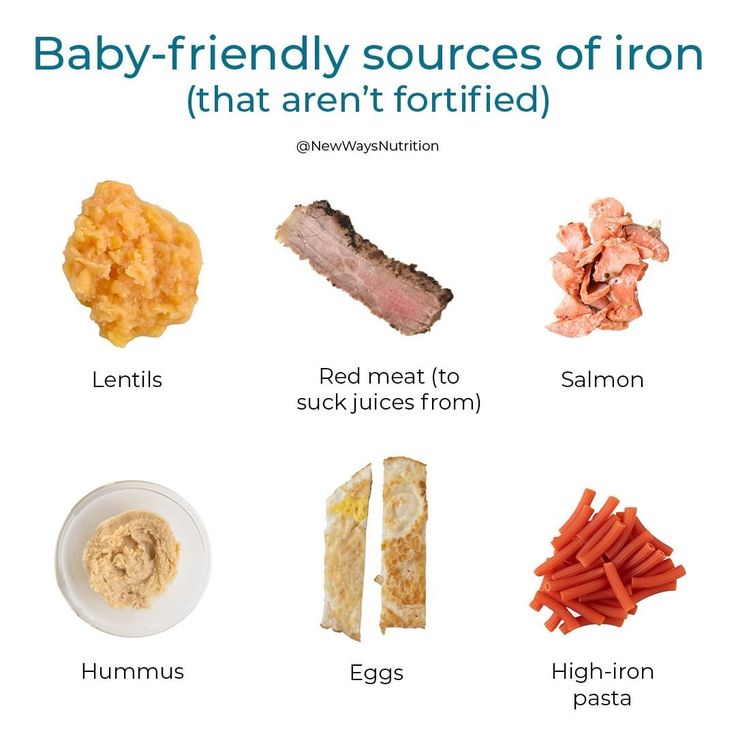 4 point decrease in a toddler's IQ between the ages of 5 and 15. The lowest content of arsenic is in Gerber rice cereals.
4 point decrease in a toddler's IQ between the ages of 5 and 15. The lowest content of arsenic is in Gerber rice cereals.
Baby biscuits (so-called “teething biscuits”), sweet potato jars and carrots also contain arsenic, lead and cadmium, according to research (“cleanest” Beech-Nut carrots and Gerber sweet potatoes, more total arsenic in HappyBABY sweet potatoes). Toxic metals were also found in the most popular children's juices - apple, pear, grape ("Apple & Eve" juices turned out to be cleaner than the rest). Traces of arsenic and lead have also been found in jars of Deluxe Pasta macaroni and cheese, popular with American children, and Cheerios breakfast rings.
“The harmful effects of lead on the human body have been proven, and over the past 40 years we have been trying to limit its content in toys, paints and food. But completely getting rid of it is still unrealistic, the report says (our newspaper wrote in September this year that lead was found in paint and in drinking fountains in New York schools). “Even very low levels of lead cause academic decline, attention deficits, and behavioral problems. Recently, 80,000 schoolchildren from Detroit and Chicago were examined, and it was children whose bodies had high levels of lead that received negative results on academic testing. In October 2018, the FDA halved the maximum daily limit for lead in baby food, but our study shows that this is not enough. According to expert estimates, more than 2.2 million children under the age of six are "infected" with high levels of lead.
“Even very low levels of lead cause academic decline, attention deficits, and behavioral problems. Recently, 80,000 schoolchildren from Detroit and Chicago were examined, and it was children whose bodies had high levels of lead that received negative results on academic testing. In October 2018, the FDA halved the maximum daily limit for lead in baby food, but our study shows that this is not enough. According to expert estimates, more than 2.2 million children under the age of six are "infected" with high levels of lead.
Experts' conclusion is disappointing: “Despite the FDA's goal of reducing heavy metal exposure, 148 of 168 infant formulas tested were significantly elevated. And none of the existing baby food manufacturers take into account the neurological effects of exposure to these metals on children.”
Subscribe
Authors:
- Learn more
- What are stage 3 baby food

- Baby alive food at target

- Do babies need to feed at night

- Make or buy baby food

- What should you feed a baby duck

- Baby food ice cube trays

- When to feed baby juice

- Health food for babies

- Frozen veggies for baby food

- Baby food squeeze packets

- Feeding newborn baby breastmilk and formula

